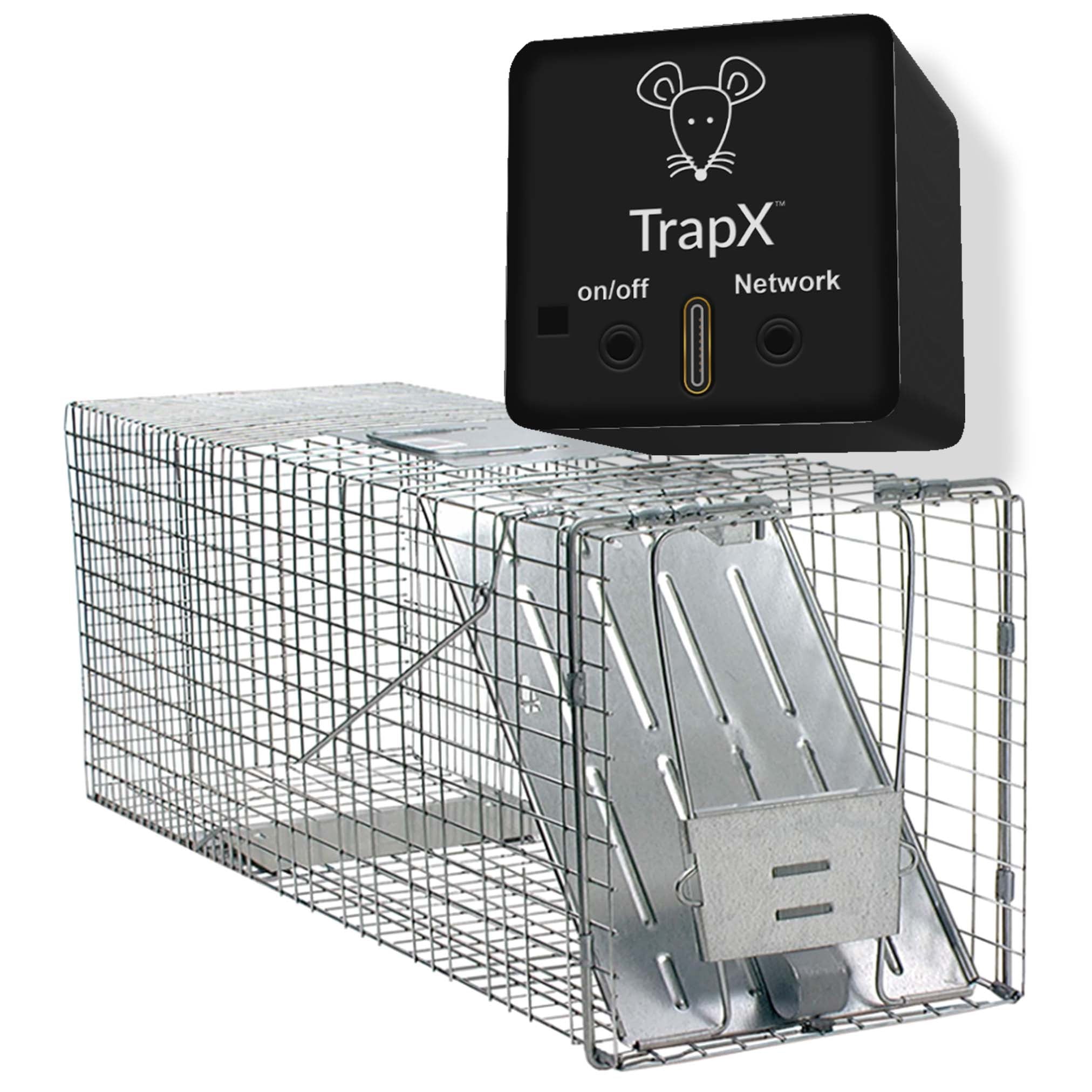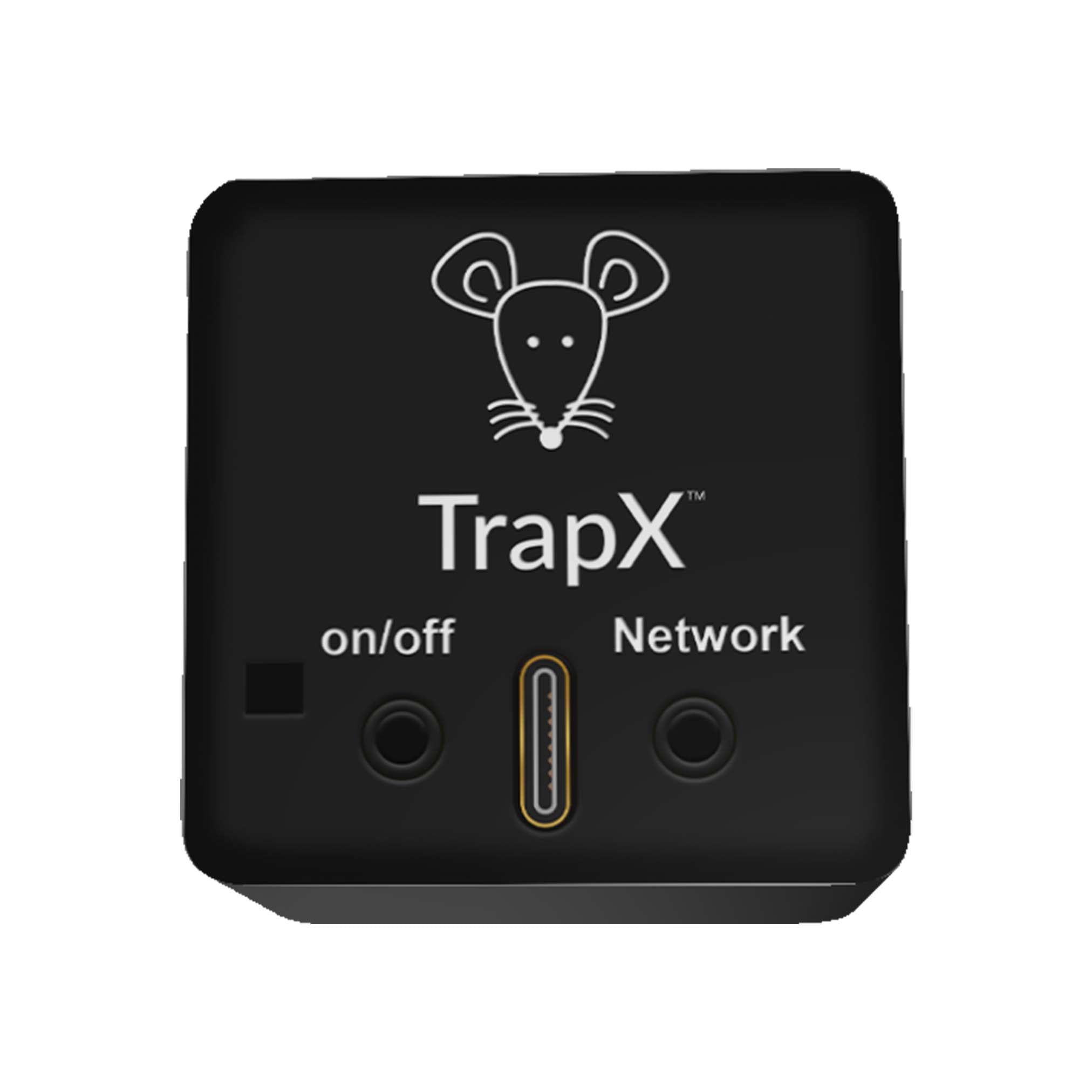Where Are Rodent Nests Commonly Found Food Handlers?
Share
Where are rodent nests commonly found in food handlers? This question is crucial for maintaining a safe and hygienic environment in any food-related business. Rodents are not just an inconvenience; they pose serious health risks by spreading disease and contaminating food supplies. Given their nocturnal and secretive nature, it's often challenging to detect their presence until an infestation has developed significantly.
Understanding where rodent nests are commonly found in food handling areas can help in implementing effective preventive measures. This article will explore these hiding spots and provide practical advice for food handlers to keep their establishments rodent-free. Read on to learn more about the potential risks and necessary precautions you need to take.

Why Rodents Choose Certain Locations
Rodents are highly adaptive creatures. They select nesting locations based on specific needs such as food availability, shelter, and safety. Rodent nests are commonly found near consistent food sources and areas that offer protection from predators and extreme weather conditions. Food handling establishments often happen to be perfect havens for these pests.
Aside from food availability, factors like moisture, warmth, and security tremendously influence where rodents elect to build their nests. Let's dive into the most common places you might find rodent nests in food handling areas.

Common Nest Locations in Kitchens and Pantries
Kitchens and pantries provide a haven of potential nesting sites for rodents. The presence of food, warmth, and shelter makes these areas exceedingly appealing to pests. Rodents typically seek out places in which they are least likely to be disturbed.
Under Appliances
One of the most frequented spots for rodent nests is under large appliances like ovens, refrigerators, and dishwashers. These locations offer warmth and are often undisturbed for long periods, proving ideal for nest building.
Points of entry such as cracks or holes behind these appliances can lead rodents directly into these cozy environments. Regularly moving and cleaning beneath appliances can help deter rodents from setting up shop in these hidden areas.
For more details on effective rodent control methods, check out Mouse Trap Setup.
Storage Areas
Storage areas full of packaged goods, especially those in cardboard or paper, are perfect nesting material sources for rodents. Pantries usually remain undisturbed, making them ideal places for nests. Regularly check and rotate stock to ensure no packages have been compromised.
Proper storage techniques, such as using pest-proof containers, can also minimize the allure of these areas to rodents.
Learn more about Pest-Proof Storage.

Trash and Compost Areas: A Rodent Magnet
Trash and compost bins offer a smorgasbord of food scraps and often attract rodents. These areas are typically located in less frequented parts of food handling establishments, making them perfect for nesting.
Ensuring that trash bins are tightly sealed and regularly emptied can significantly reduce the attraction for rodents. Compost areas should be kept far from food storage and preparation areas whenever possible.
Dumpster Surroundings
Rodent nests are commonly found near or underneath dumpsters. The habitual overflow of waste or uncovered bins acts like a beacon for these pests. Regular sanitation and securing of dumpsters can help mitigate this issue.
Consider scheduling more frequent waste pick-ups and ensuring that the area surrounding the dumpsters is kept clean to discourage rodent nesting.
Discover more tips on maintaining clean areas around dumpsters in our guide on High-Efficiency Mouse Traps.

Ceilings, Walls, And Attics - Less Obvious Locations
Ceilings, walls, and attics often provide unseen spaces perfect for nesting. Rodents can chew through insulation and enter these secluded areas through small gaps or cracks in the structure.
Suspended Ceilings
Suspended ceilings are common in commercial kitchens and offer an ideal hidden nesting spot for rodents. If you notice droppings or noises from above, it's crucial to investigate and take appropriate action swiftly.
Within Walls
Walls offer both protection and insulation, making them prime real estate for rodent nests. Regular inspections and maintenance can help in identifying entry points and sealing them up to prevent access.
Storage Sheds and Outdoor Areas
Rodents also nest in outdoor sheds or storage units, especially when these spaces house items related to food handling. These locations often lack frequent human interaction, making them perfect for undisturbed rodent activity.
Prevention measures include regular inspections and securing entry points. Ensuring that all food-related items are stored in sealed, rodent-proof containers can also inhibit infestations.
Landscaping and Green Spaces
Outdoor green spaces, particularly those with tall grass, piles of debris, or unkempt landscaping, are attractive nesting sites for rodents. Keeping the external area of the food handling establishment clean and well-maintained can prevent rodents from nesting too close to the building.
Simple steps like regular mowing, trimming hedges, and removing piles of leaves or compost can make a significant difference.
Preventive Measures for Food Handlers
Preventing rodent infestations is far better than dealing with the aftermath. Here are practical tips for food handlers to consider:
- Regular Inspections: Frequently inspect potential nesting areas. Look for signs like droppings, gnaw marks, and shredded nesting material.
- Sealing Entry Points: Ensure all gaps, cracks, and holes are sealed appropriately to prevent rodents from entering.
- Proper Waste Management: Keep trash and compost bins tightly sealed and away from food handling areas.
- Pest-Proof Storage: Store food in secure, rodent-proof containers to minimize attraction.
- Professional Pest Control: Engage a professional pest control service to regularly monitor and treat your premises.
Conclusion
Understanding where rodent nests are commonly found in food handling areas is crucial for maintaining a hygienic and safe environment. Kitchens, pantries, trash areas, ceilings, walls, and outdoor spaces all present potential risks. By implementing preventive measures and remaining vigilant, food handlers can significantly reduce the likelihood of a rodent infestation.
FAQ
How can I tell if I have a rodent infestation?
Look for signs like droppings, gnaw marks, shredded nesting material, and unusual noises. Regular inspections can help in early detection. Learn more about different types of pest control methods here.
What are the health risks associated with rodents in food handling areas?
Rodents can carry and spread diseases such as Salmonella and Hantavirus. They can also contaminate food supplies, leading to severe health risks for consumers.
Do natural remedies work in deterring rodents?
While some natural remedies like peppermint oil and ultrasonic repellents can offer short-term relief, they are not as effective as professional pest control services in managing rodent infestations.
As an Amazon Associate, I earn from qualifying purchases.
